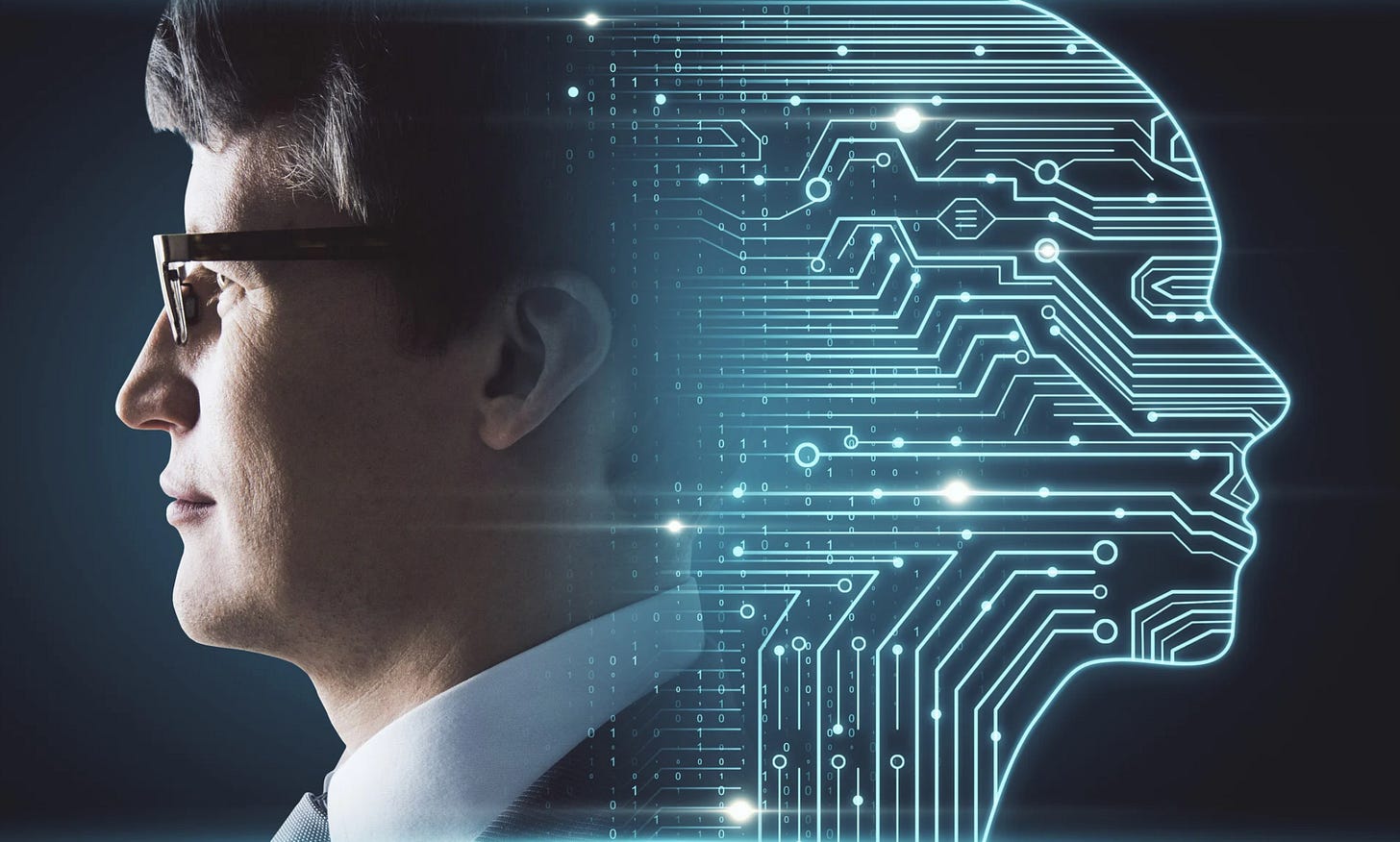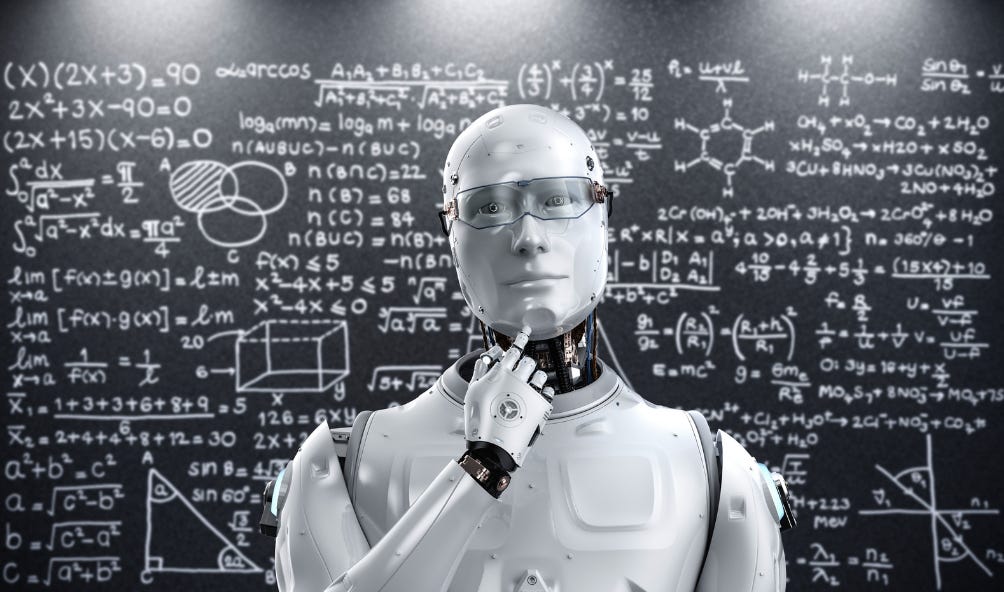Augmented Thinking with Artificial Intelligence
The Relationship Between AI and Human Intelligence
How can Artificial Intelligence enhance and extend human cognitive abilities? Can we leverage Machine Learning, Natural Language Processing, and other advanced technologies to support and improve human decision-making, problem-solving, and overall intellectual performance? Augmented Thinking answers these questions by not replacing human intelligence but complementing and empowering it, enabling individuals to process vast amounts of information, generate insights, and make better-informed decisions.
Augmented Thinking, also known as Cognitive Augmentation or Intelligence Amplification, is more than just a theoretical concept. It's a practical approach to using technology and tools to enhance and extend human cognitive abilities. It's about better information processing, decision analytics, and team intelligence. It's about making our lives easier and our work more efficient. Let’s delve into the basics and explore the potential of Augmented Thinking in our everyday lives.
Information Retrieval and Analysis
In today’s modern world, there is too much information to access, gather, and analyze because we are drowning in information and starving for knowledge. Extracting relevant insights and patterns can be difficult for humans to identify independently. Information Retrieval and Analysis uses AI-powered search engines, Text Mining with Natural Language Processing, Data Visualization, Knowledge Graphs, Recommendation Systems, Semantic Networks, and more to optimize human tasks and increase work efficiencies.
Cognitive Offloading
An essential aspect of Augmented Thinking is freeing up mental resources and focusing on higher–level thinking, creativity, and problem–solving. Cognitive Offloading, which involves using external tools, resources, and technologies, reduces the cognitive burden on the human mind. Memory Augmentation with external memory aids like personal knowledge management systems, digital note-taking apps, and Task Automation with data entry, scheduling, and document formatting are just a few examples.
Decision Support
Decision Support in Augmented Thinking is better decision-making with the support and enhancement of AI technologies, not replacing human judgment. The most common is the Predictive Analytics of Forecasting in Supervised Learning, identifying patterns and trends from large volumes of structured and unstructured data in Unsupervised Learning, Optimization to evaluate different decision scenarios, Bias Mitigation, and Automated Feature Engineering to select the best inputs for Machine Learning algorithms rather than human beings manually selecting them. Decision Support in Augmented Thinking is the Advanced Decision Science that navigates complexity, evaluates alternatives, and makes better choices to complement Human Intelligence.
Knowledge Management
Capturing, organizing, sharing, and leveraging knowledge effectively to support human learning, problem-solving, and decision-making by making it more accessible, discoverable, and actionable is the Knowledge Management of Augment Thinking. Knowledge Graphs of Unstructured Data from Websites, User Log Files, and Business Documents using Graph Data Science is one powerful technique. Organizations can create a more dynamic, intelligent, and user-centric knowledge ecosystem that supports Augmented Thinking. This enables employees to access relevant knowledge more efficiently, collaborate more effectively, and make better-informed decisions, ultimately driving innovation, productivity, and competitive advantage.
Collaboration and Collective Intelligence
Organizations that foster a culture of openness, trust, and psychological safety, where individuals feel empowered to share their knowledge, ideas, and perspectives, can use Collaboration and Collective Intelligence in Augmented Thinking in AI. AI technologies should be designed and implemented to enhance rather than replace human interaction, ensuring that collaboration remains authentic, meaningful, and human-centered. For example, Knowledge Sharing across different departments with Data Catalogs in a formal AI Data Governance Policy, Group Brainstorming with Generative Artificial Intelligence, and collaborative platforms for Document Co-Authoring are common solutions.
Check out our Individual AI Accelerator, AI Incubator for Corporate Team Training, or our webinar to learn more.
By John Thomas Foxworthy
M.S. in Data Science from a Top Ten University w/ a 3.80 GPA or the top 5%
Veteran Data Scientist with his first Data Science Model in 2005
Freelance Artificial Intelligence Consultant for a Start-Up as of February 2024
Deep Learning Artificial Intelligence Instructor at UCSD Extended Studies
Master Instructor at Caltech’s Center for Technology & Management Education for Artificial Intelligence, Deep Learning, and Machine Learning








